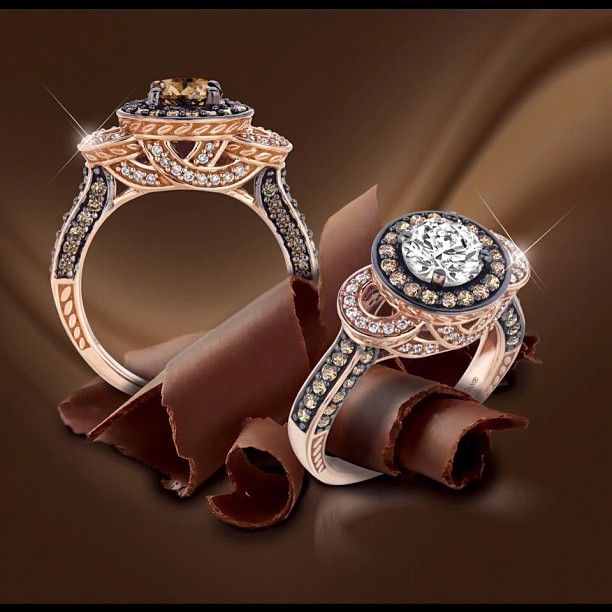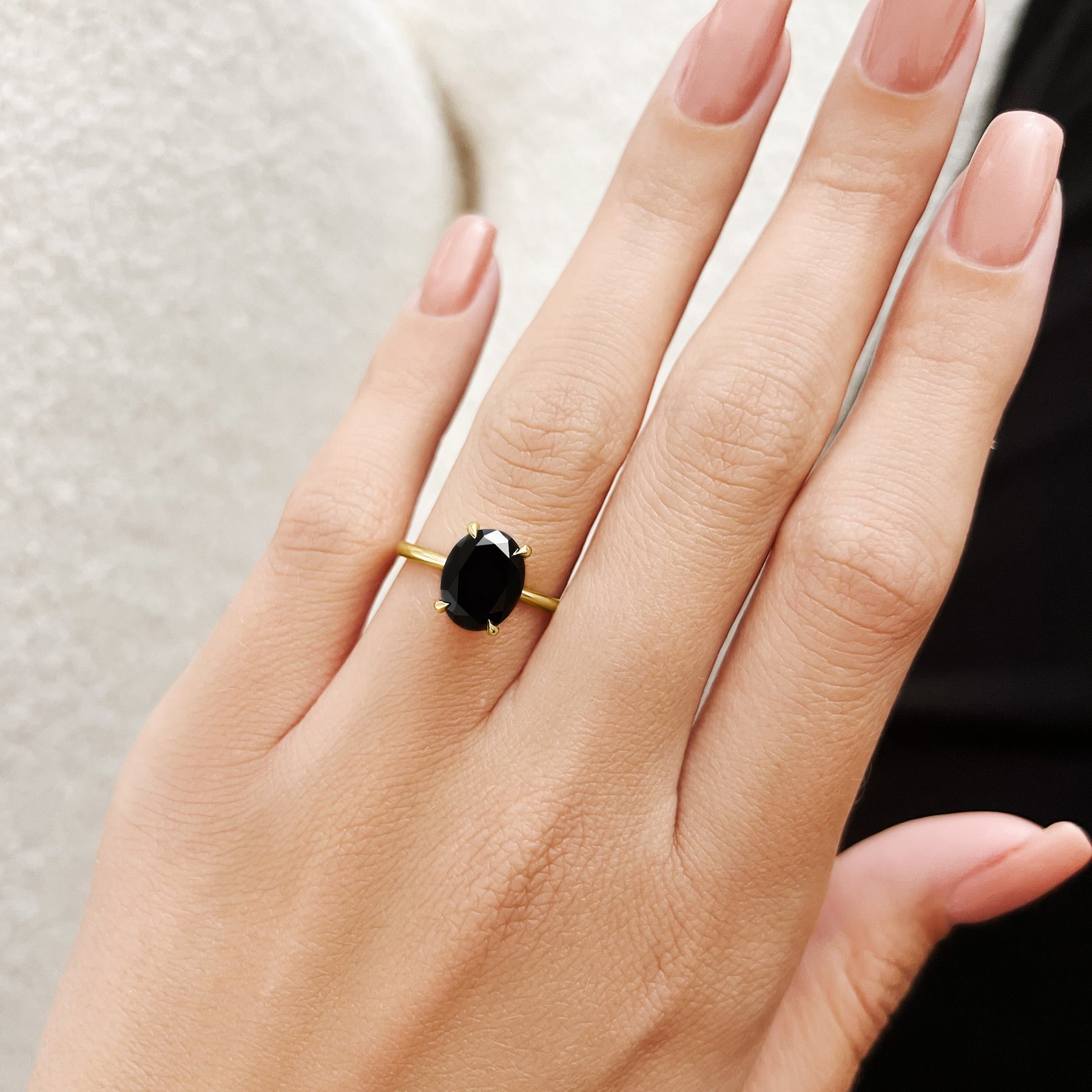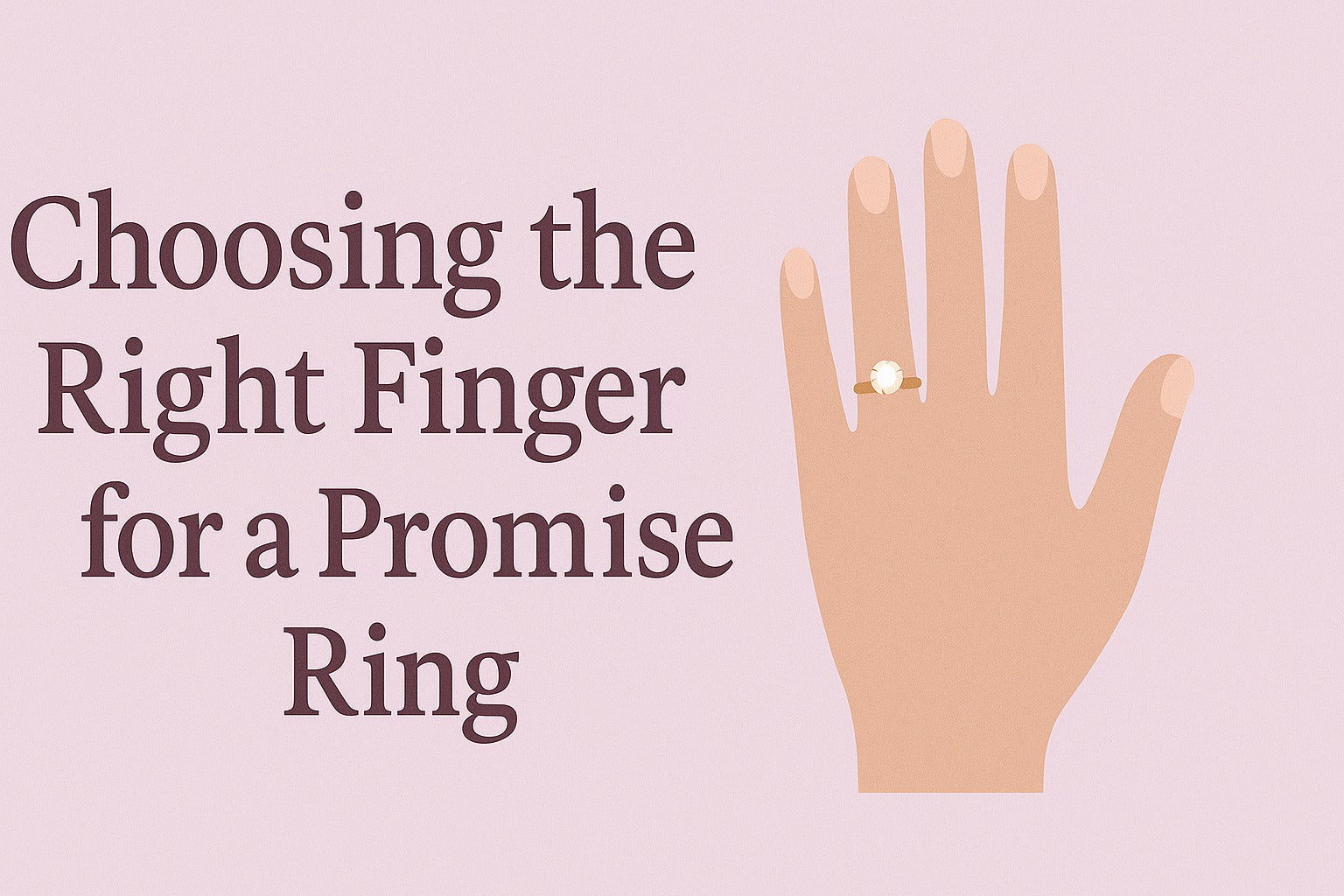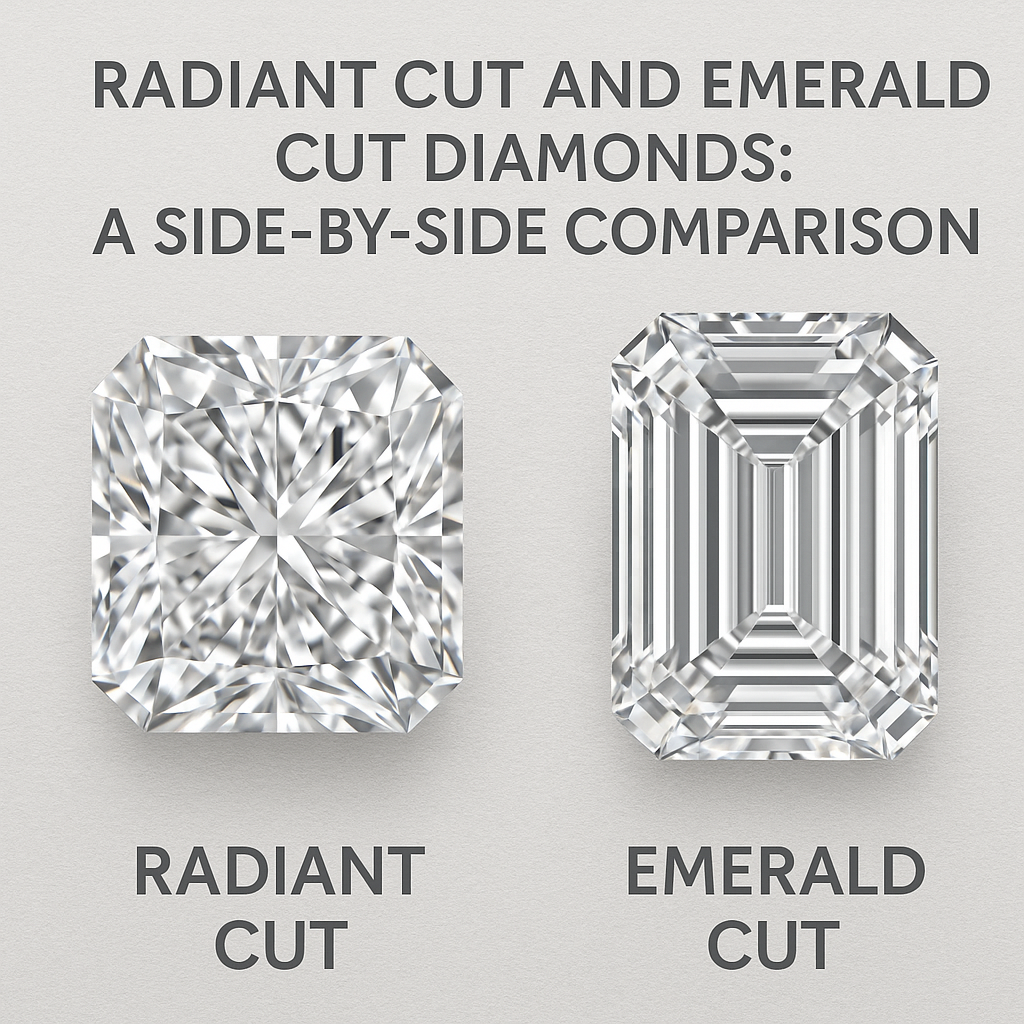Diamonds are more than just sparkles. They celebrate life’s key moments. Yet, fake stones abound. If you own or are getting a diamond, you wonder, “Is this real?” Lucky for you, we’ll share simple tips to spot the phony ones that even a layman can comprehend.
We detail 12 must-know pointers, starting with how real diamonds shine. They impress with bright, sharp flickers of white light and colored rays that seem lively. Phony ones lack life; their glint is dull or overly colorful and glassy. Natural diamonds often show tiny flaws, while a fake one appears perfect. Nature does not create perfection. That’s the splendor of diamonds.
1. What Does a Real Diamond Look Like?

A real diamond has an individual sparkle. It shines light of many colors as well as white. When held up to the light, its shining is dynamic and bright. A fake diamond such as a cubic zirconia may shine but the light it produces appears dull and with too many colors. Real diamonds have tiny blemishes while fake ones seem absolutely perfect. Flaws make them charming.
2. Try the Fog Test at Home

The fog test is simple. Use your breath to fog up the diamond. If it clears up quickly, it’s a real diamond. If it stays cloudy, it’s a fake diamond.
Put the diamond to your mouth and breathe on it. The fog will go fast or slow.
- Diamond: The fog disappears quickly.
- Fake: it lingers for a while.
This is because diamonds lose heat quickly, while fake diamonds maintain heat for longer.
3. Drop It in Water – Does It Sink?
Apart from the home test introduced above, there is another way to check whether you have real or fake diamonds. Take a glass of water and throw your stone into it.
- Real Diamond: Due to the high density, it will go straight to the bottom.
- Fake Diamond: It will either float or remain suspended in the middle because the material is usually very light.
The above technique will help you to figure out the most obvious fakes like glass or acrylic. Please keep in mind that the method does not guarantee the accuracy of the diamond but at least it is a good starting point.
4. Check How It Sparkles in the Light

The fire or the sparkling test is all about how the stone looks under light. Go to a light source like a lamp or the UV rays of the sun and examine every little detail.
The diamond’s ardent flashes of white light and colorful bursts, fire, characterize it, and it will display a lively and almost clean sparkle. The fake stones will be like a rainbow reflected in a piece of glass that may not be too bright or may not radiant as expected. The cubic zirconia, for example, will almost certainly become too colorful under these conditions and will lack the real stone’s charm and luster.
5. Use a Flashlight to See the Shine

To observe the sparkle in a diamond, grab a flashlight and turn off the lights. This allows you to see the distinct beam of light that a diamond reflects.
With real diamonds, you’ll see sharp pinpoints of light coming from both the outside and from within. But fake ones reflect light badly, and they don’t have that great depth either.
The diamond’s radiance may be compared to twinkling stars in the night time; each spark makes it feel alive.
6. Why It’s Worth Checking Your Diamond

You might be wondering why I put in so much work in the first place? The reality is that diamonds don't only represent sentimental factors; they also act as a financial asset. A genuine diamond might be worth thousands of dollars, and its characteristics can directly influence its price and life span. An imitation, however, very often being charming, is of considerably less worth and may not last very long.
Knowing what you are wearing gives you a sense of relief and security. Can you imagine if you found out only after a few years that your grandmother's "diamond" turned into a replica of the original? Furthermore, in a market swarmed with imitations, checking the authenticity of your stone is just a wise move.
7. Check the Settings and Metal

Diamonds that are present will most likely be in the highest quality of materials. If the stone is in a ring marked with "10K," "14K," "18K," "PT" (platinum), or "925" (sterling silver), it is a solid clue. These metals are costly and are usually not utilized for fake jewelry.
If a ring is made of some low-cost metal that looks shabby or has no stamp at all, then the gem is counterfeit. Although not 100%, that's still good to realize.
Also, a sign of imposter diamond could be the quality of the manufacturing. A real diamond is usually set precisely in secure prongs or bezel settings. Settings that are wobbly, and have rough edges are clear signs that the diamond is not real.
8. Use a Diamond Tester Tool

If you want to be even more accurate, try to use a diamond tester. This device is portable, small, and helps to evaluate stone’s heat diffusion.
- Genuine Diamond: Will give a definite answer right away.
- Fake Diamond: Will often not respond, or even send some other reading (some testers are able to differentiate between moissanite and diamond).
These tools are user-friendly, budget-friendly (you may order one online), and quick in terms of providing the results. Just make sure you stick to all the instructions to get the right information.
9. Does It Glow Under UV Light?

However, not all diamonds emit UV light, but many of them have this specificity. You can place the diamond under the lamp of a black light in a booth of darkness, and then you can observe its color.
- Real Diamond: Often glows blue.
- Fake Diamond: May show no glow or may glow green, yellow, or grey.
Remember that some real diamonds don’t shine at all—so this test isn’t completely reliable, but it’s a helpful one in the chain of tests.
10. Take It to a Jeweler for Help

Go to a jeweler who can tell if your stone is real.Jewelers have tools that help them know if a diamond is real quickly. They can use a magnifier, heat tests, and even send diamonds to a lab. Jewelers may offer this service for free or at a low cost, especially if you buy your diamond ring from them.
This is the best way to tell for sure if a diamond has value for you emotionally or financially.
11. Watch Out for Fake Stones

Many materials look like diamonds, such as:
- Cubic zirconia: It’s cheap, heavier than diamonds, and sparkles less.
- Moissanite: Close replica, but shows rainbow colors more than a diamond.
- White sapphire: Duller look and less sparkle compared to diamond.
- Glass or crystal: Scratches easily with little or no sparkle.
Each fake has its own sign through different tests combined.
12. Ask for a Certificate or Report

When buying or owning a diamond, ask for certification from a reputable gem lab like:
- GIA (Gemological Institute of America)
- IGI (International Gemological Institute)
- AGS (American Gem Society)
Certificates give details about the diamond's cut, color, clarity, carat size, and whether it’s real or synthetic. This is the best proof you can have that’s valid from trustworthy jewelers.
Trust the Signs and Your Instincts
Do not stress too much about identifying the fake diamond. You can easily check out how it sparks and try the water test among some other methods. Each of the home tests you attempt is not perfect. However, combining two of the methods gives you a good idea.
Bear in mind that any time you are not sure in your mind, it's best to consult the professionals. A certified jeweler will provide a definite answer for you. Every diamond, whether it is real or fake, needs to sparkle for the correct reasons.








Leave a comment
This site is protected by hCaptcha and the hCaptcha Privacy Policy and Terms of Service apply.